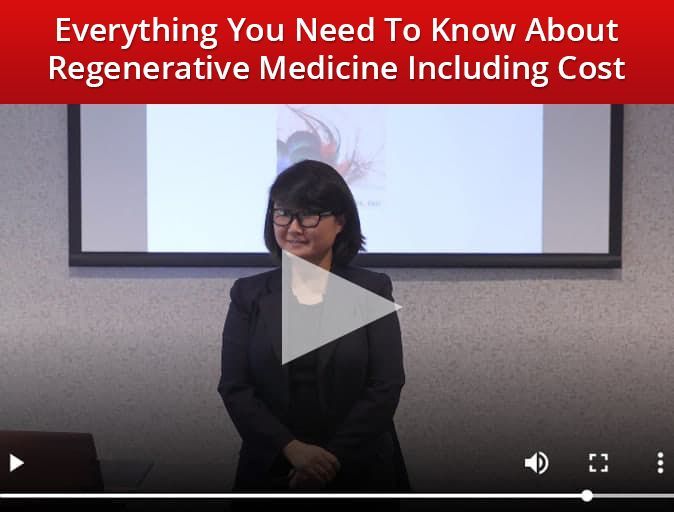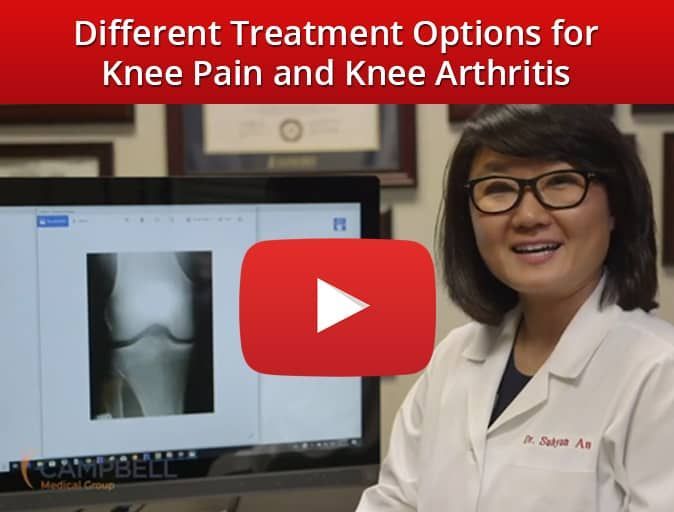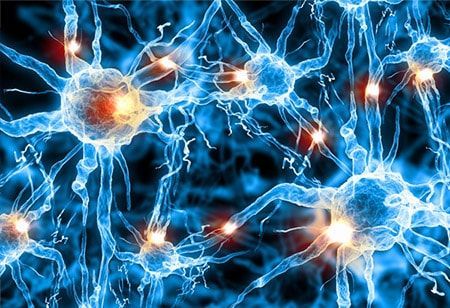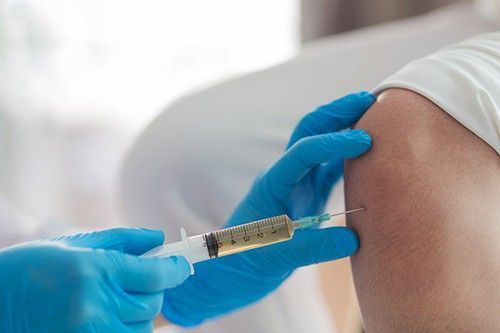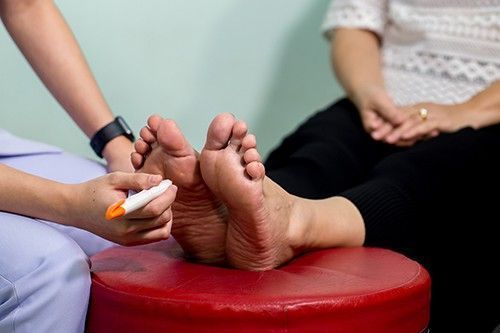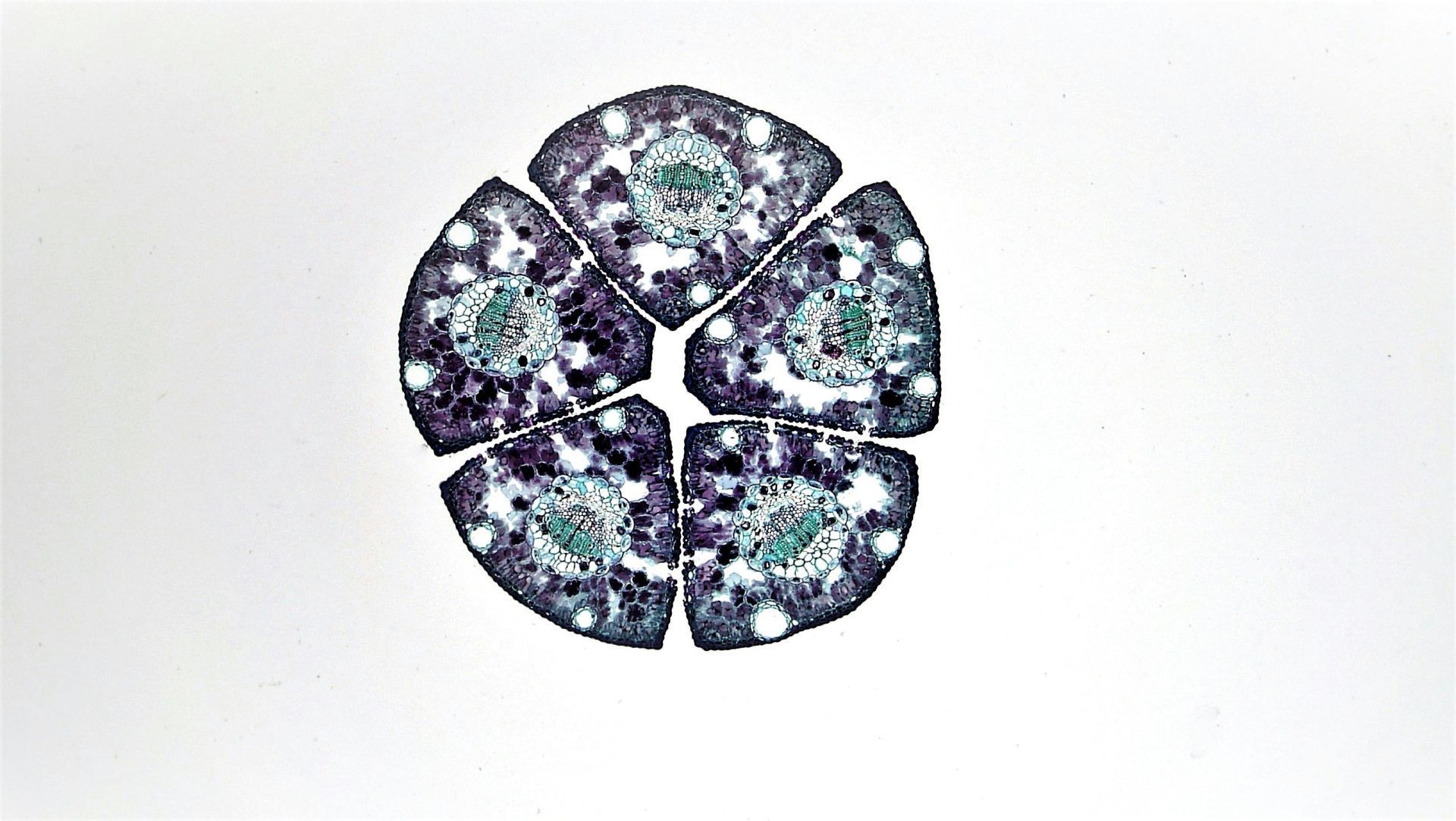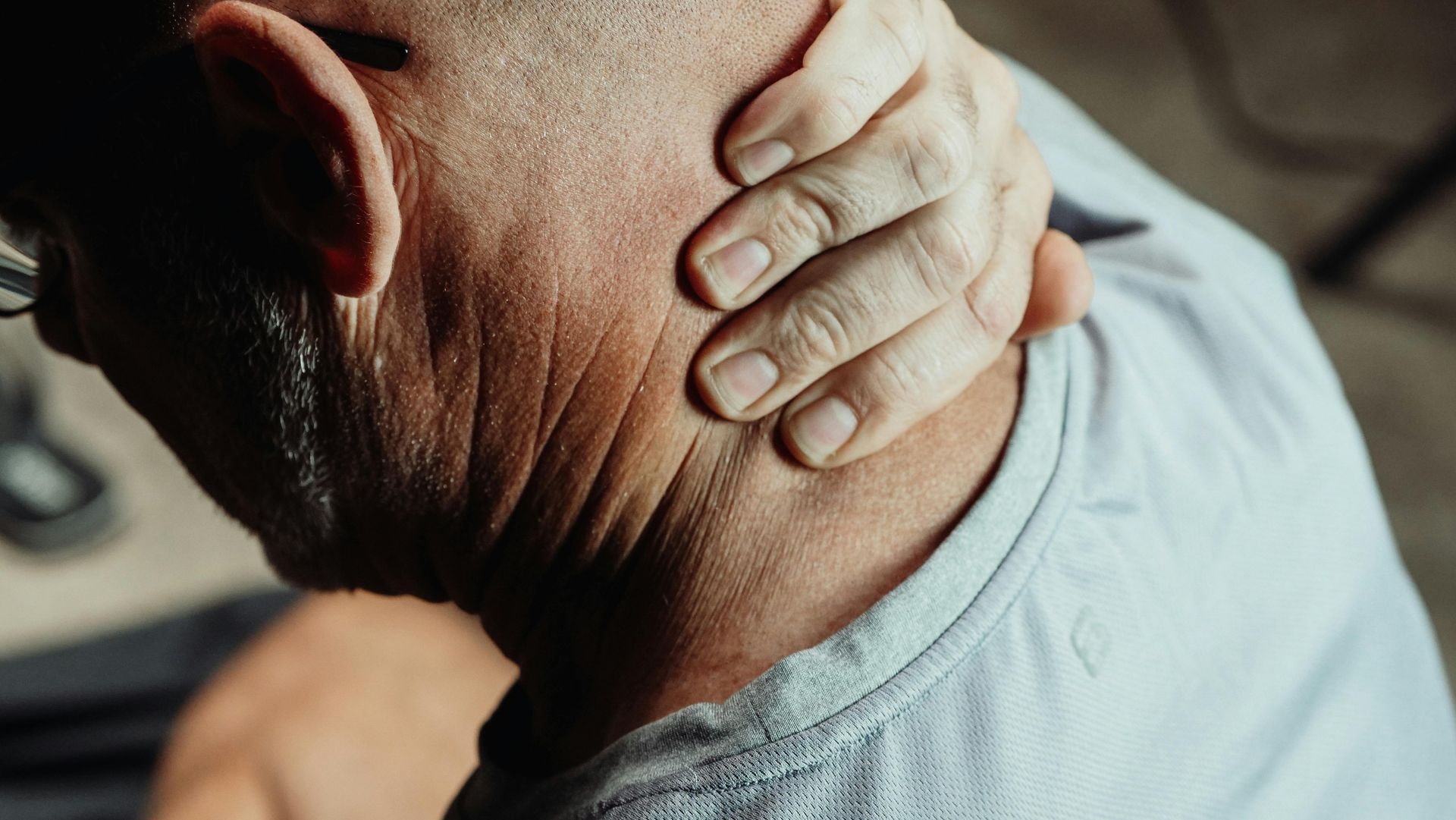
How Can PRP Help Treat Hair Loss?
If you are experiencing hair loss, you know that there are many options available, but most of them involve medication or costly surgeries. You might be surprised to learn that recent innovations have allowed doctors to harness your body’s own natural healing responses to promote hair growth to restore what you have lost.
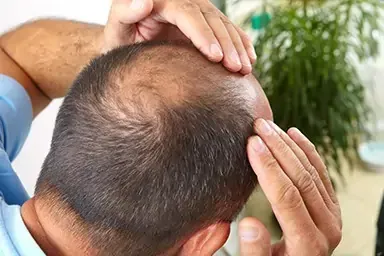
What Causes Hair Loss?
Many factors can lead to hair loss or alopecia. While hair is primarily lost due to genetics, environmental factors, disease, and certain medical treatments can cause thinning and actual loss of hair. Hair is made of keratin, and grows from healthy follicles, which can be found all over the body except for the palms of the hands and soles of the feet.
About 90% of follicles on people’s heads are growing hair at any given moment when they are functioning normally. Hair is shed all the time, even when the follicles are healthy, it is regrown.
The hair on your head is grown in three stages:
- Anagen, or active hair growth lasting anywhere from 2-8 years
- Catagen, or transitional growth, which last just a matter of weeks
- Telogen, a resting phase with no growth that precedes shedding and regrowth
In many types of hair loss, the follicle never resumes the cycle, remaining at rest. Some reasons that the follicles will stop producing hair can be caused by:
- Hereditary pattern baldness - while all men and women generally suffer some thinning of the hair as they age, up to 40% of people will experience significant loss from the hairline up to the crown of the head.
- Traction Alopecia – hair loss due to tight hairstyles or hair pulling. This environmental stress can damage the follicles and prevent regrowth
- Alopecia Areata – patches of hair loss due to an autoimmune disorder. In most people, the hair returns but can return slowly.
- Other factors - hormone drugs (especially those used in chemotherapy), diet, and other medical issues such as anemia can affect hair growth.
How Can PRP Help With Hair Loss?
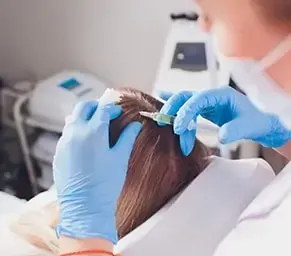
PRP treatment involves extracting a small amount of the patient’s blood, using a centrifuge to create a concentrated solution of platelets then using a micro-needling technique to return the PRP to areas affected. This procedure allows the body to use its own natural healing processes to encourage the damaged follicles to begin the process of regrowth. This treatment does not use hormones, chemicals, surgery, or any material that was not already present in the patient’s own body.
Instead, PRP relies on the biochemical processes that are always at work inside your body, but in a much more targeted way. Because the treatment's raw material comes from the patient, there is little risk of adverse reaction or rejection and much less trauma and recovery time than transplantation or other surgeries.
If other treatments have proven ineffective, or if you are looking for a treatment that harnesses the body’s own natural healing processes, PRP might be the solution you are looking for.
May we invite you to join us for a
Complimentary Consultation?
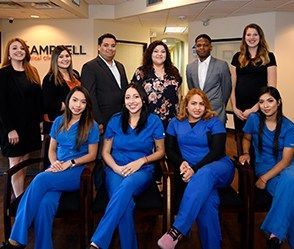
"Here at Campbell Health Center, we are dedicated to helping you get out of pain and get back to feeling great again.
Call us and tell us about your health issues and set up a consultation to discuss the treatment that will best get you back to optimum health.
We promise to sit down with you, face to face, and be attentive, present, focused and actually listen."
Campbell Health Center
Call us now at
(832) 243-7713
Advanced Pain
Management Articles


